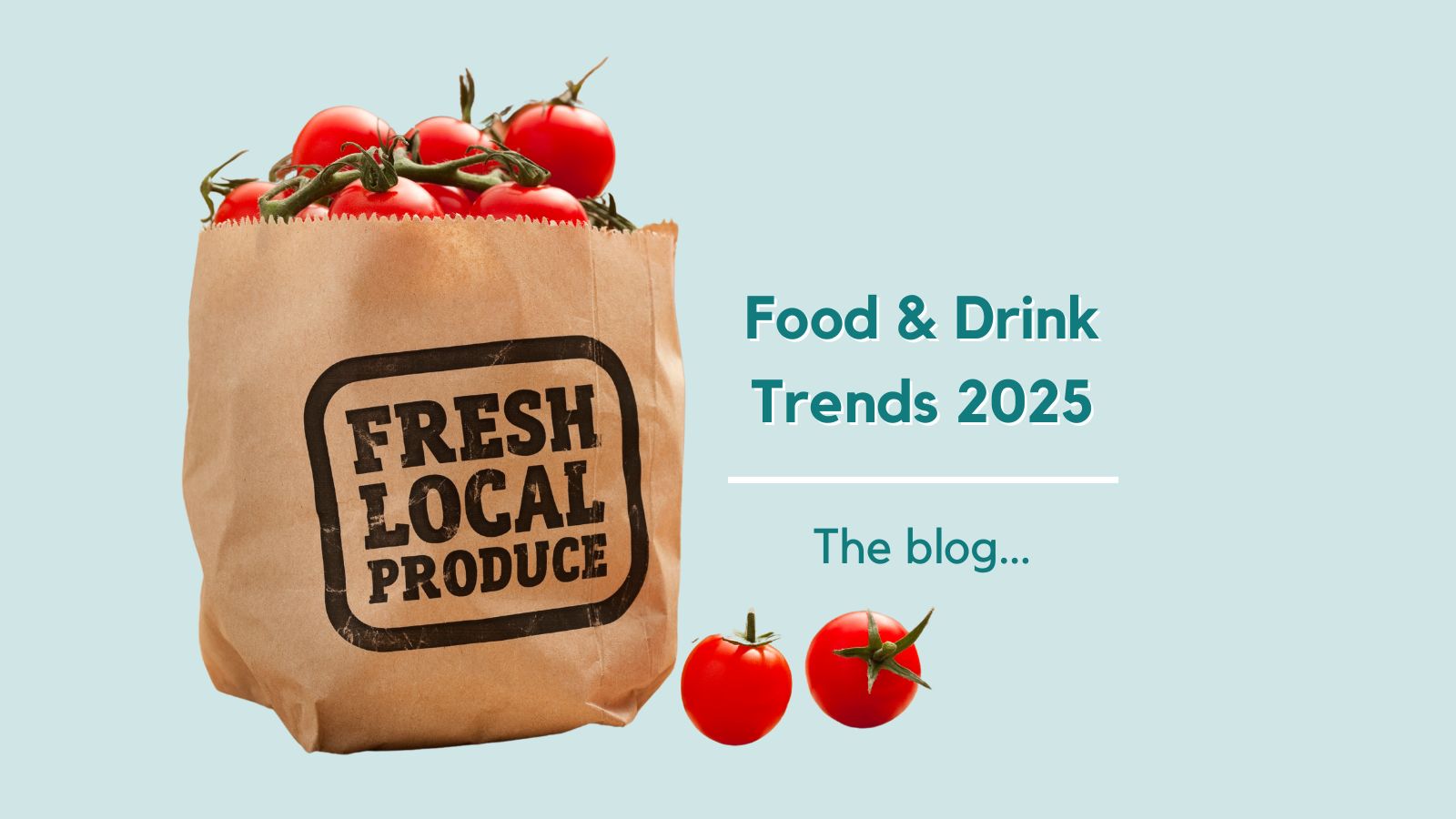As we hurtle towards 2025, we thought we’d look at some of the trends we expect to shape the foodservice industry next year. We’ve spoken to clients, colleagues and those who work in hospitality day in and day out to bring you the five trends that we think will be making their mark in the new year.
- Kitchens Are Getting Smarter
Smart and connected kitchens will continue to revolutionise the foodservice industry by enhancing operational efficiencies, improving food quality, and optimising resource management. Kitchens will integrate IoT (Internet of Things) devices, AI-powered systems, and data analytics to streamline workflows, reduce waste, and enhance the overall customer experience. For example, advanced cooking equipment such as smart ovens and fryers will automatically adjust cooking parameters based on real-time data, ensuring consistency in food preparation while reducing room for human error. Sensors in refrigeration units will monitor temperatures and alert staff if a unit is malfunctioning, minimising the risk of food spoilage and ensuring compliance with health and safety standards. Connected kitchens will also allow manufacturers to remotely monitor the performance of equipment and identify any weak links quickly and efficiently.
- Getting to know you
Technology will also continue to evolve outside of the kitchen in more ways than one, but driven by consumer demand for tailored dining experiences, menu personalisation will be at the forefront of this. By leveraging data from customer preferences, past orders, dietary restrictions, and even real-time feedback, restaurants, pubs and bars will increasingly be able to offer customised menus that cater to individual tastes, dietary needs, health goals or a previous selection.
This level of personalisation will not only enhance customer satisfaction but also encourages loyalty, as diners feel more connected to the brand.
- Added benefits beyond nutrition
Functional foods will become mainstream in the out-of-home market. These products go beyond basic nutrition and provide added benefits such as improved digestion, enhanced energy, or immune system support. Restaurants, cafes, and QSRs are tapping into this trend by incorporating ingredients such as probiotics, adaptogens, superfoods, and plant-based proteins into their menus.
A key part of this trend is convenience, as whilst consumers are becoming increasingly health savvy, today’s lifestyle means that convenience is king when out of home, so gut friendly smoothies, fibre rich breakfasts or granola bars packed with antioxidants will be the name of the game in 2025. As consumers become increasingly proactive about their health, the integration of functional food and beverages into out-of-home dining will become a crucial strategy for operators aiming to differentiate themselves and capture the growing segment of wellness-focused diners.
- Closer to home
The trend for locally sourced food in the out-of-home dining sector will continue to evolve, driven by increasing consumer interest in sustainability, traceability, and supporting local economies. As diners become more discerning, they are increasingly looking for dishes that not only celebrate local and regional flavours but also tell the story of where the ingredients come from.
Hyper-local sourcing, where restaurants and pubs focus on ingredients grown or produced within a very specific geographic area – such as a particular town or even a farm – will increase in popularity. Diners will be drawn to menus that feature seasonal, homegrown produce and meats, with many outlets looking to create partnerships with nearby farmers, fishermen. As consumer interest in both food sustainability and regional identity continues to grow, locally sourced food will be at the heart of the dining experience, offering a rich and diverse range of flavours while championing British suppliers and sustainable practices.
- What’s on the menu?
When it comes to what is on the menu we predict the increased presence of cross-cultural innovations, combining multiple ingredients and techniques to create new food fusion dishes. Peruvian and Japanese (Nikkei) and Mexican and Korean fusion dishes could become commonplace, with chefs creating mashups such as tacos with kimchi, or sushi with spicy mango. These fusion foods will blend diverse culinary traditions into new, exciting combinations, reflecting the multicultural nature of modern dining.
Whilst on the drinks menu, craft beverages will continue to be a significant trend, as consumers seek high-quality, artisanal products. This includes craft sodas, cold-brew, kombucha and fermented fruit drinks.
The demand for bespoke beverages will lead to the growth of small-batch, local producers who focus on unique ingredients and methods. This ties back to the trend for hyper local ingredients with producers sourcing wild herbs, regional fruits, spices locally to inspire artisanal drinks that reflect the flavours and culture of specific regions.
These are our top foodservice trend predictions for 2025. We’re excited to see how these pan out and looking forward to the next 12 months working in the industry.
If you’re interesting in elevating your PR and marketing then please get in touch – we would love to discuss how we can support you.

Lauren Mayle
Account Director


